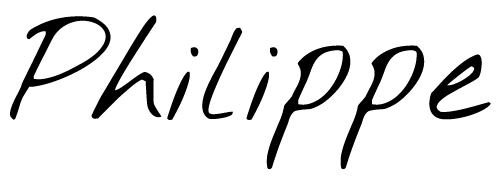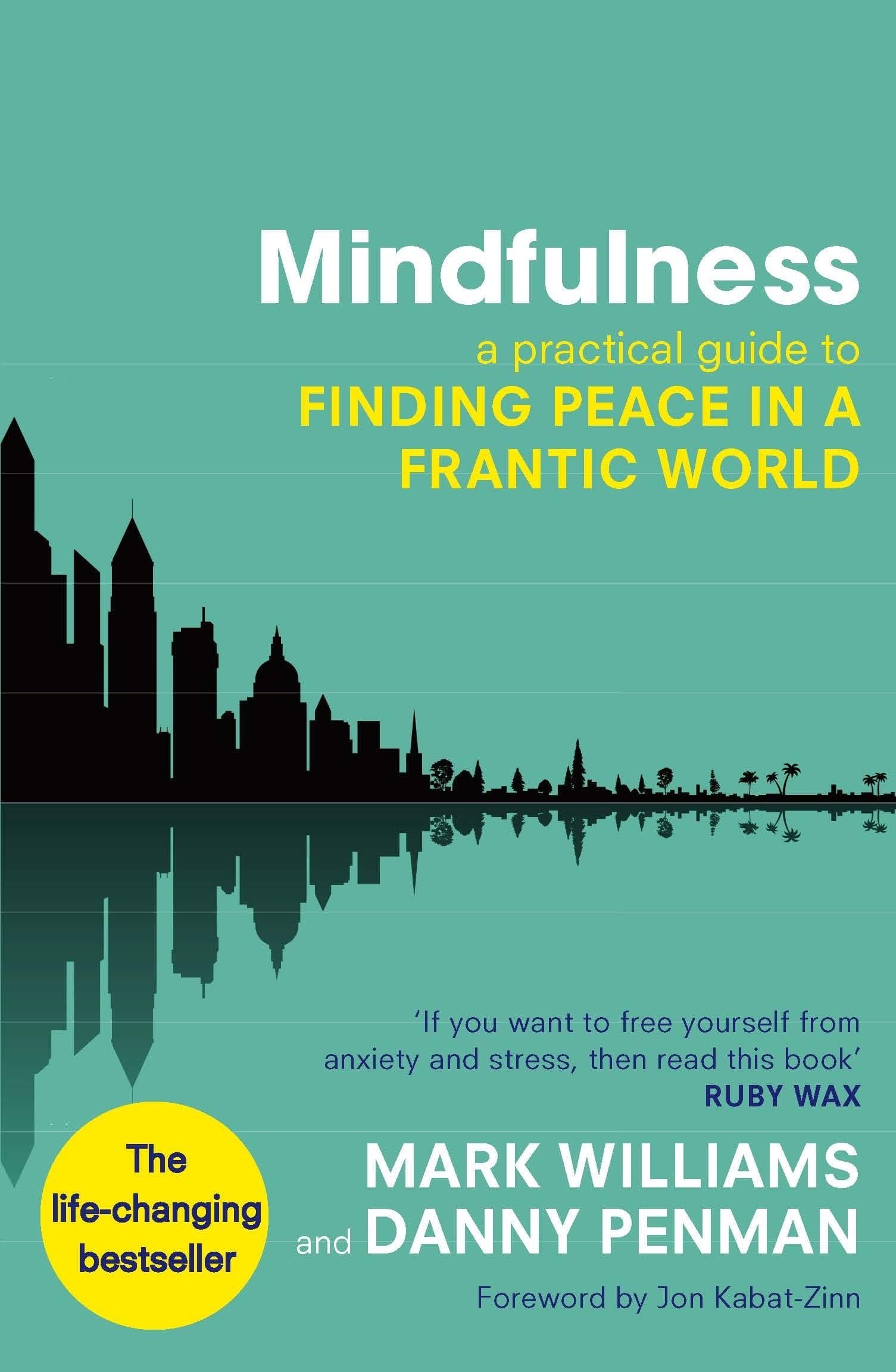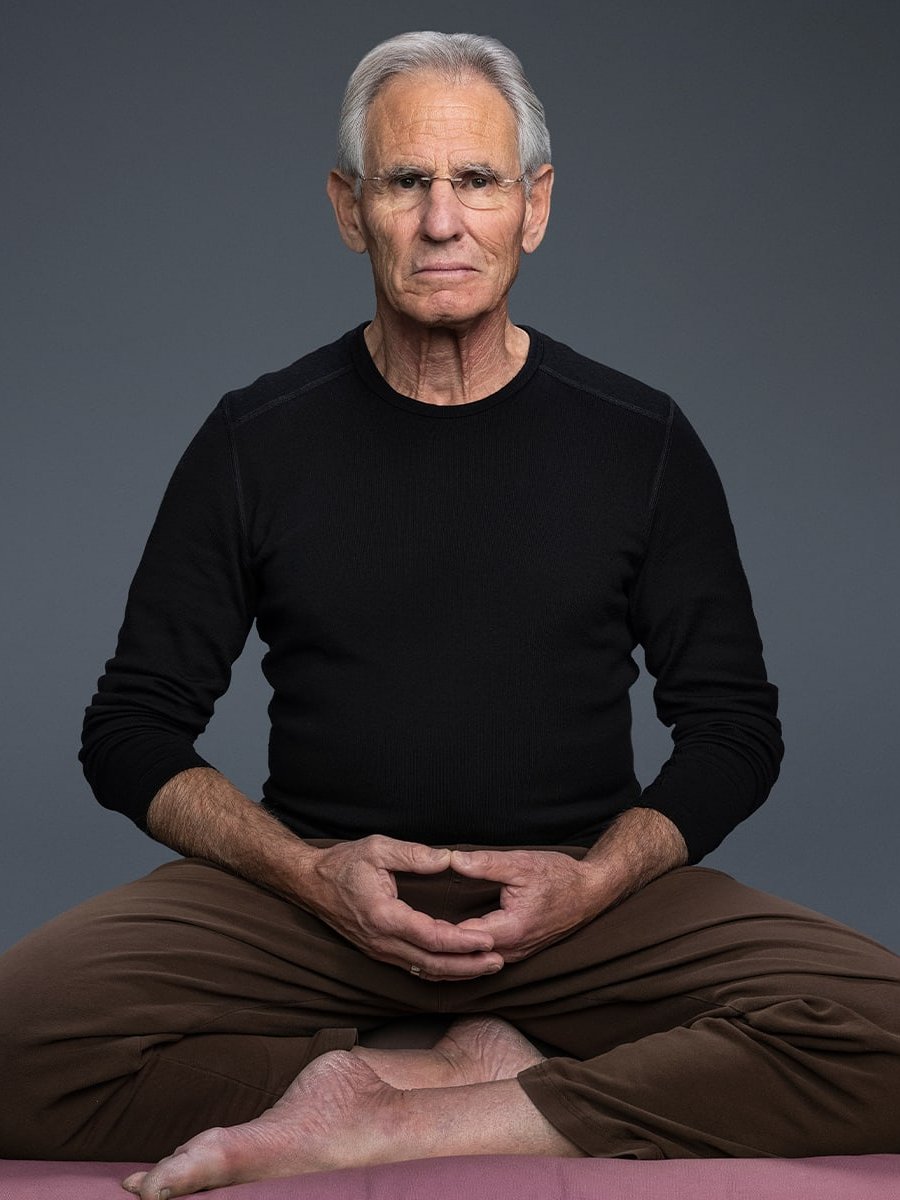How I started
I’d been exposed to mindfulness and meditation for many years. The first time was when my parents started practicing relaxation techniques and I wanted to learn it too. Then I watched monks practicing incantations and meditation during my travels, even giving it a try with them. More recently, many colleagues shared what they practiced with me.
During the pandemic lockdowns, I wanted to learn to be more present and less distracted. So I started with a practical introduction in the form of a simple 8-week programme. This gave me a structure and a goal, packaged in a convenient self-taught course to jump start a mindfulness habit (I like structures so worked for me!).
The 8-week programme
The programme is explained in the book Mindfulness: A practical guide to finding peace in a frantic world by Mark Williams. It’s a set of weekly cycles of daily practice, taking around 20-30min each day. Each week has a slightly different focus. For me the main benefit was it created a new habit. It also includes a very short 3-min breather that comes in handy to ‘interrupt’ moments of tension during the day.
Turning it into a habit
After completing the programming, I then came Jon Kabat-Zinn’s meditation tracks. Jon Kabat-Zinn is one of the most well known US meditation researchers, practitioners and authors. What I loved in his meditation recordings was his soft tone of voice. It fits me makes it easy for me to follow his guided mediation. I use the meditations from his JKZ Series 1, 2 and 3 apps. I particularly like his 10min and 20min tracks in Series2.
I realise I’m still a beginner and need daily practice to get better at it. Getting better means being less distracted, more present and able to observe distractions, and develop a better ability to observe my emotions and thoughts as they occur, without being captured by them.
Continuing to improve
Throughout my practice, I keep discovering new dimensions to it. Mindfulness is less about hacks and technique, it’s about learning how to just… be, rather than be the noise in your head. This reminds me of the sentence in Steve Covey’s classic the 7 Habits of Highly Effective People : “In the space between stimulus (what happens) and how we respond, lies our freedom to choose”. Mindfulness helps create a pause after the stimulus, so we have the capacity to choose consciously. This pause can be a simple deep breath, standing up, and stretching, giving time for the brain to be activated and think freely of an appropriate action.
My next steps will be to look at a mindfulness retreat or even an ayahuasca experience…
Reference: Kabat-Zinn has a Masterclass available (I haven’t tried it).




0 Comments